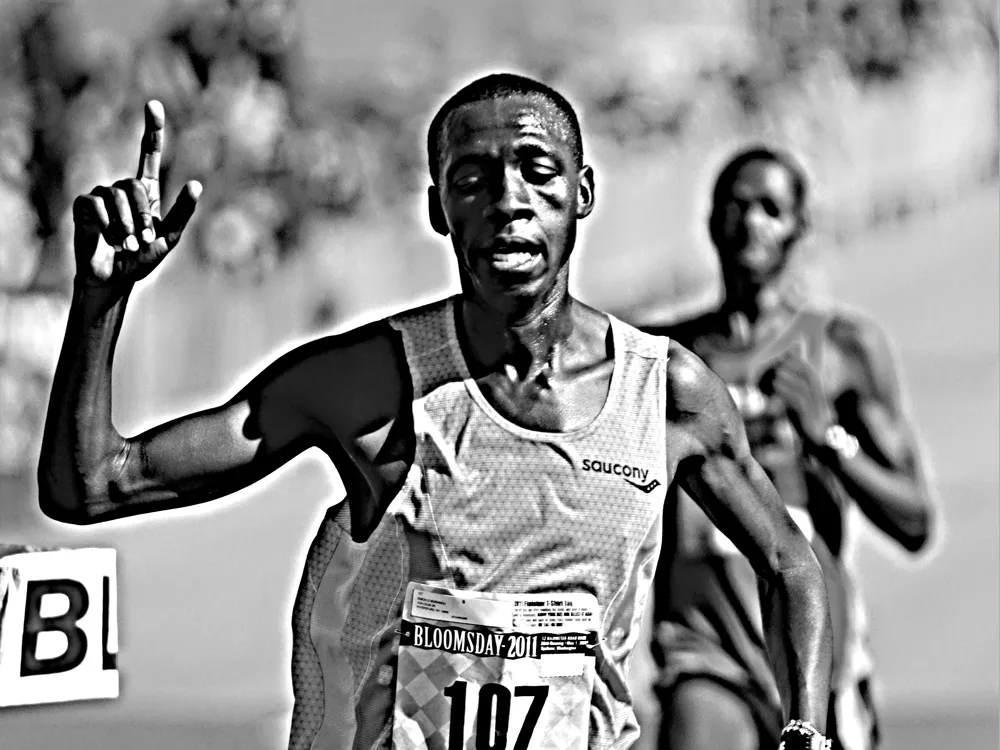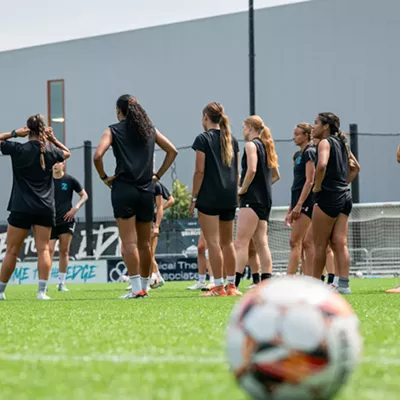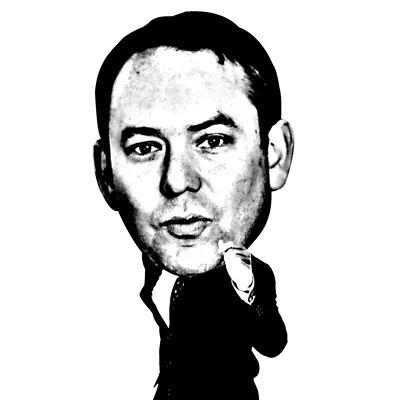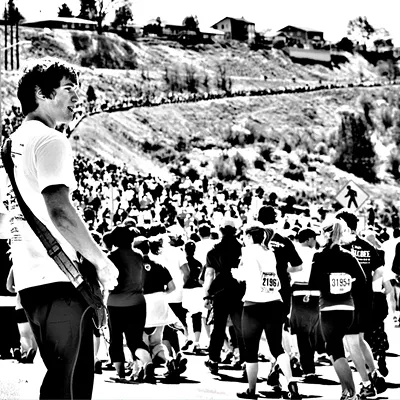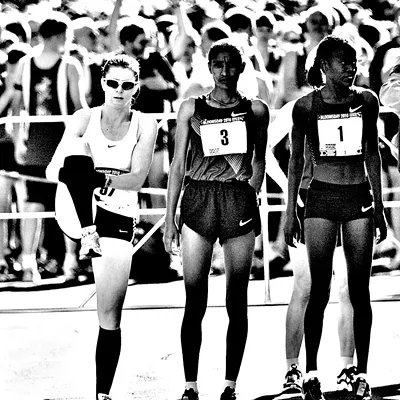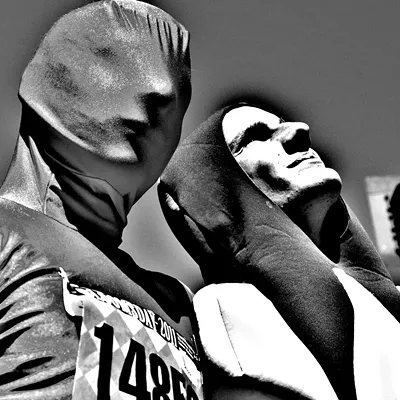When the racers of the 36th annual Bloomsday run cross the finish line, they’ll need to do nothing more than that — just cross the finish line. Soon, they’ll know their exact time and how they placed among their peer groups.
They no longer need to loop something through their shoelaces (worrying, with each stride, that it had fallen off), thanks to the new B-Tag technology from Chronotrack, which features a timing chip in each runner’s race bib. The improvement streamlines the timing process for Bloomsday organizers and allows for other new innovations at this year’s race.
Bloomsday has prided itself on being an innovator in race technology since its inception and was actually the first large-scale road race in the country to give times and places to all finishers.
It wasn’t always as easy as we see now, though.
When the race debuted in 1977, there was no automated computer system to capture the times of the 1,198 runners who crossed the finish line. Runners handed a tag with their bib number to a volunteer at the end of the race and it was put onto a string (that’s an actual string, not computer talk) separated with dividers denoting 30-second intervals. These numbers were then entered into a mainframe computer that would produce an approximate time and place for each finisher.
“Looking back on that system now, I really have to give it up to our volunteers who implemented that system. You had to be on top of things as you were collecting the tags,” says Bloomsday co-founder, former Olympic marathoner and current race director Don Kardong.
The next year, the race grew to a point that Jerry O’Neal, a recent Bloomsday president who has been working on the race since its inception, says he waited in line for more than two minutes before he could get his time.
“That next year, you had to stand in line. I ran the race in 48 minutes, and I think my time was 51,” says O’Neal, now an anthropology professor at Spokane Falls Community College.
With some experience on ranches in his native Montana, O’Neal had the idea to — not to equate Bloomsday racers to livestock — herd runners through chutes placed 20 feet from the finish line, where their tags could be put onto strings and then the separate strings could be entered into a computer. Then, times from different chutes would be meshed together.
At the time, it was a huge breakthrough and one that remained part of the Bloomsday structure for years to come.
“It was like space science. No one had ever done it,” recalls O’Neal.
This year, the “space science” continues with the addition of the B-Tag and accompanying technology, which will allow Bloomsday to, for the first time ever, give racers the exact time it took them to ascend the dreaded Doomsday Hill, opening another area for bragging rights among runners. Also, the addition of a QR code on the race bib will allow runners to find their finishing time with a simple click of their smartphone.
Kardong says that Bloomsday is also looking at unveiling a smartphone application for next year’s race that would, among other things, allow one to track a racer’s progress through the course in real time.
And thus, space science continues.

